External entry-level solution: Creative Sound Blaster G3
You can get an external entry-level solution from about 30 Euros, which is quite pleasing. It is still not the cheapest product on the market, but it already offers an optical input and output as a unique selling point. Optional USB-C or via an adapter also USB-A make the connection to the PC, console or even smartphone quite easy (PC, Mac, PS5, PS4, Xbox, Nintendo Switch, etc.), Smartphones with current Android and iOS). But what can the inexpensive DAC do in comparison to the onboard solution or the two internal sound cards already tested today? The part is at least better than the price would suggest. The rest to the spoiler will come in a moment, including a major flaw.
The G3 USB sound solution is intended to poach in the entry-level segment. Of course, Creative can be proud of this, even if the customer has to do without a real Xamp, i.e. the external power amplifiers with OpAmps. Instead, similar to Sharkoon in the Gaming DAC Pro, the Maxim Max97220 is a simple headphone amplifier with good parameters, but in this case it does not run at full power, unfortunately. With the appropriate circuitry, it could achieve up to 3 Vrms at 600 ohms, but that would gallantly cannibalize one’s own products.
A NORDIC nRF52810 acts as the Bluetooth SoC for Android and iOS (apps required), and the SXFI Ultra DSP CUDSP600 is in charge of everything to improve the sound. All these features can be taken from the marketing slides if you are addicted to them as a gamer: Step enhancement (you can hear the enemy running before it is even born), equalizer, crystalizer, etc. up to virtual surround. In addition, there are a lot of setting options with knobs and wheels, which should be an absolutely unique selling point in this price range.
You get the G3, a special TOSLINK cable with a 3.5 mm jack connector and a USB-C to USB-A adapter, which would solve both the data line and the power supply. So hardware-wise, the external DAC is not really a cheapo and it will have to compete with the Audigy FX and the onboard sound. The following test shows how well all this works (or maybe not). And the G3 is also not hi-fi capable as an external DAC, but you can’t expect that at 30 Euros.
By the way, the DAC is also recognized by Windows 11, but of course you should install SB Command if you want the full functionality including GUI. In any case, it is worth installing the full package or at least updating the device driver. I even got a new firmware. A quick overview of which features are available on which device and then we can start with the measurements:
Maximum output level at 32 and 600 ohms
Does the lack of a true power amp put us in a bind here? Yes, because the circuitry of the Max97220 was unfortunately too much oriented towards the onboard sound. Let’s start as usual with 32 ohms. With 5.659 mW RMS per channel instead of the 7.3 mW of the Godlike’s onboard sound, you get even less output power! This is not much less, but it is not to be dismissed out of hand. With only 0.4255 Vrms at 32 ohms it’s close, but doesn’t quite reach the ALC1220. Too bad. Technically, much more would have been possible.
But what happens if you want to use 600-ohm headphones? With a real 1.3614 Vrms and almost 3 mW RMS, it at least comes close to the level of the onboard sound, which is already modest with 3.1 mW RMS and just under 1.37 Vrms. This is not enough for audible improvement for higher impedance headphones from 250 ohms. But you still have to be fair and emphasize that it is not a high-end solution, but an extremely affordable product. i don’t want to spread euphoria here, which then leads to bad purchases. But if someone is looking for a more trouble-free solution because they mostly gamble on the go, they are welcome to grab it. Of course, the G3 doesn’t have the final touches in terms of resolution and depth, but it is at least worth the (small) price.
External voltage distance
With this external solution, is the sound also the slave of the motherboard, graphics card and power supply during operation? Of course, the theoretical values from the specs of the components can never be reached (I already wrote something on the first page), but you can compare the products and sound solutions quite well! Let’s first look at the idle state on the desktop again with the maximum volume setting, which is still free of distortions, for the possible full level of just now.
With 0.0001 volts, you are clearly below the onboard solution, which is still better in relation. Because the distance to the interfering signal increases from 1:537 to 1:709, which is even worse than the Audigy FX V2’s result. Too bad, but the price… Of course, the DAC also fails here due to its voltage limitation.
Now we start the game and load the savegame. In Ultra-HD and maximum settings, the graphics card really has to choke and the infamous over 500 watts flow through the thick pixel heater again. I now measure 0.0073 Vrms which now results in a ratio of 1:58 to the maximum measured 0.4255 Vrms. For the onboard sound, it was 0.0074 Vrms versus 0.4831 Vrms, resulting in a ratio of 1:65. So the DAC fails a bit because of the missing output voltage, but it is also negatively affected in the signal.
But what happens again in the in-game menu when the high FPS rates send the voltage converters into the stress test? This is also interesting, as it results in a ratio of only 1:42 for the DAC compared to the already poor 1:48 ratio of the onboard solution, where the chirping in the menu really got on your nerves. Here, too, unfortunately.
Interim summary
Starting at around 30 Euros, you get an external entry-level solution that can hardly run ahead of features in this segment, but fails at the maximum output level. This is a pity because the built-in amplifier could do more if it were allowed to. But he may not. Why, of course, one can argue and speculate, but who wants to make the larger models obsolete with it? The device is certainly quite practical for on the go or on the mobile, also because of all the microphone functions. Even on the laptop. But for the home PC, you should reach further up the shelf for more oomph. Because that’s exactly what’s missing, unfortunately. You can do that with the G3 DAC, but you don’t have to.
Otherwise, I would have the usual specs, but you already know that from the last pages:
- 1 - Introduction and Overview
- 2 - Humming and other unwanted "sound"
- 3 - Noise and jitter on the external USB DAC
- 4 - Graphics cards and intermodulation
- 5 - Onboard: Realtek ALC1220 vs. Realtek ALC1200
- 6 - Onboard: Realtek ALC4080 and ALC4082
- 7 - Datasheets: Realtek ALC1200, ALC 1220 and ALC 4080/ALC4082
- 8 - RMS voltage, output power and sound level
- 9 - Intern: Creative Sound Blaster Audigy FX V2 (Entry Level)
- 10 - Intern: Creative Sound Blaster Z SE (Mid-Class)
- 11 - Extern: Creative Sound Blaster G3 (Entry Level)
- 12 - Extern: Creative Sound Blaster X4 (Mid-Class)
- 13 - Summary and Conclusion















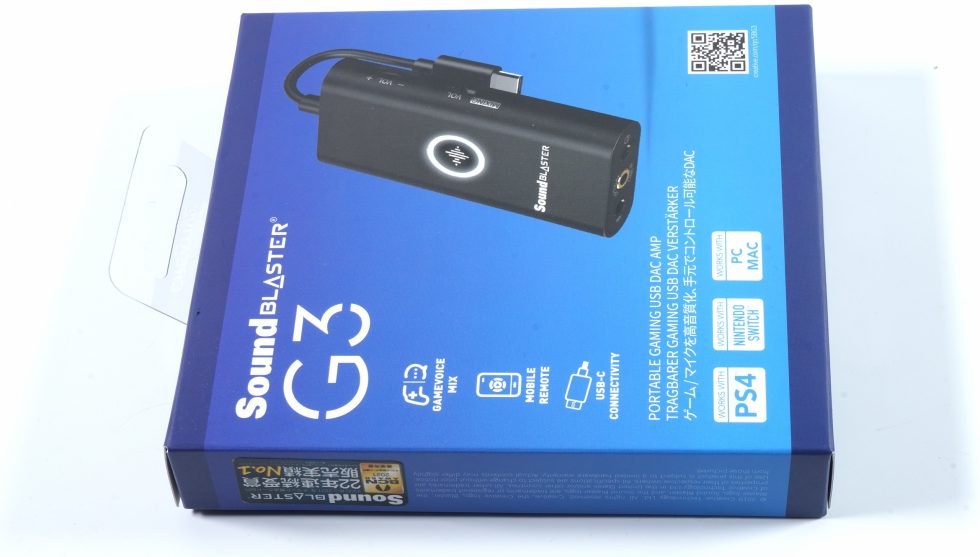
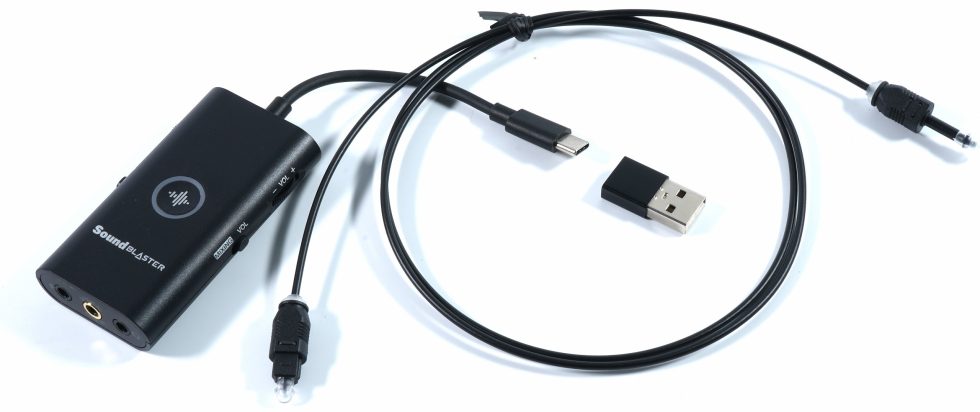
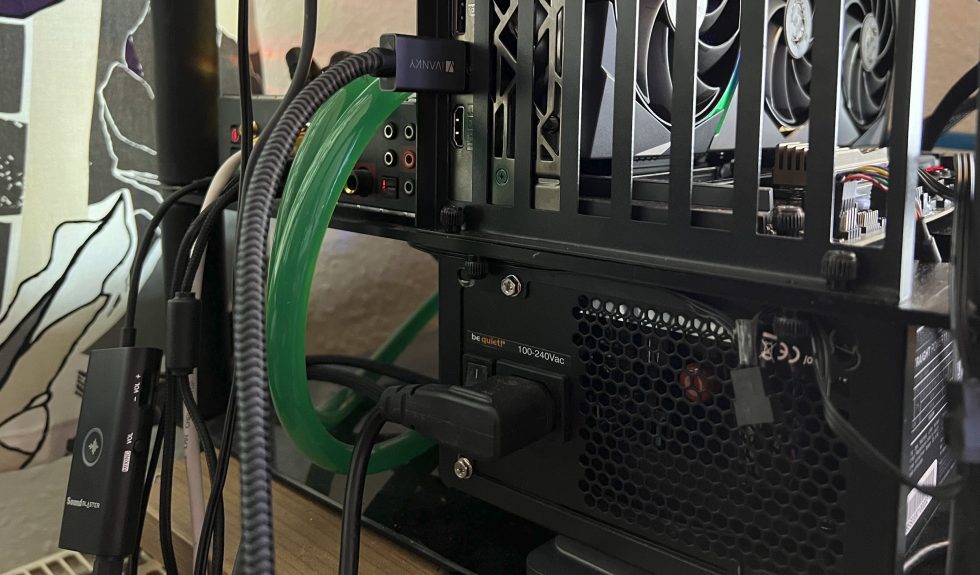
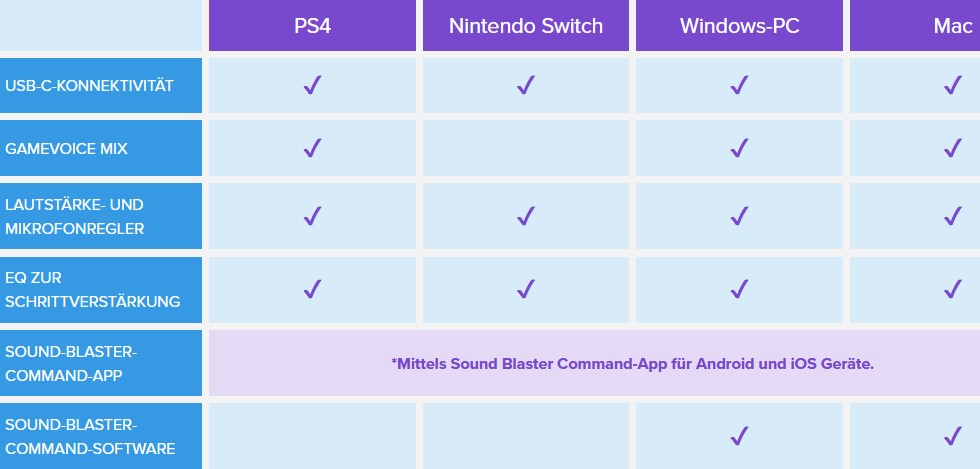
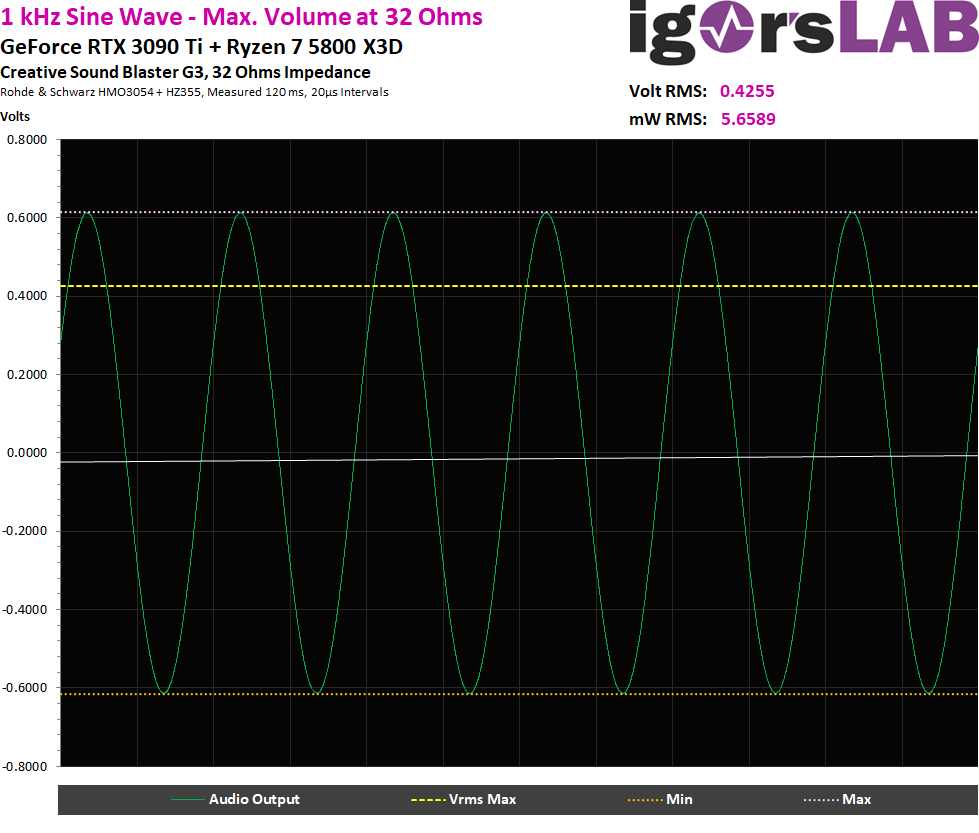
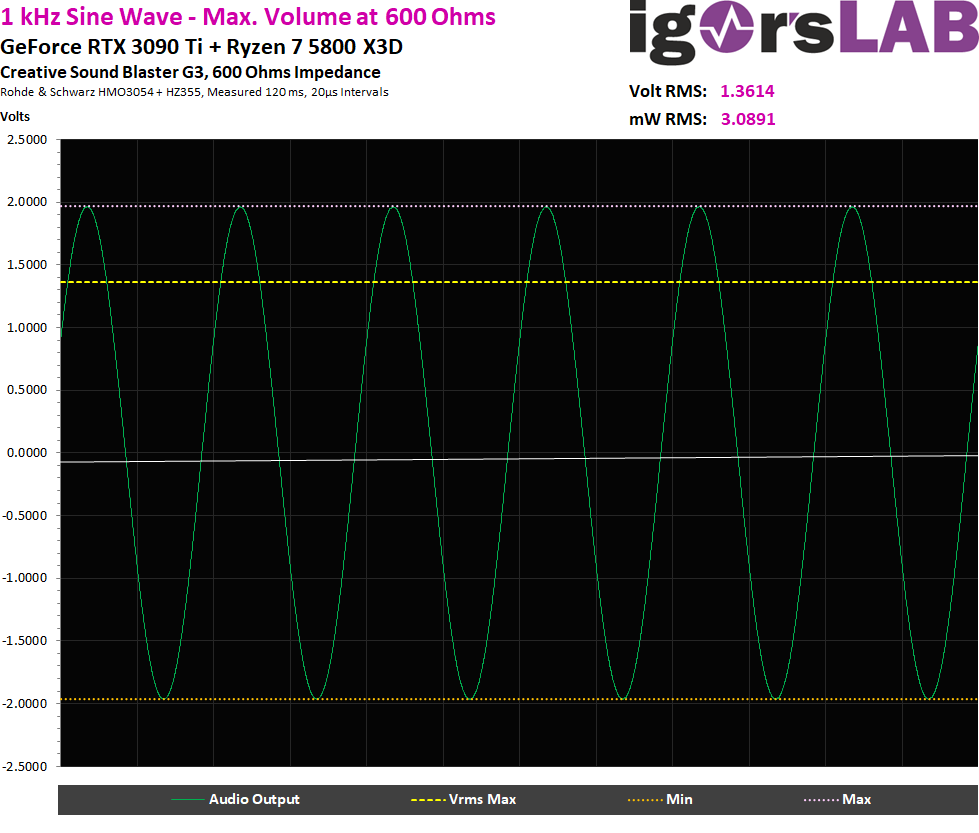
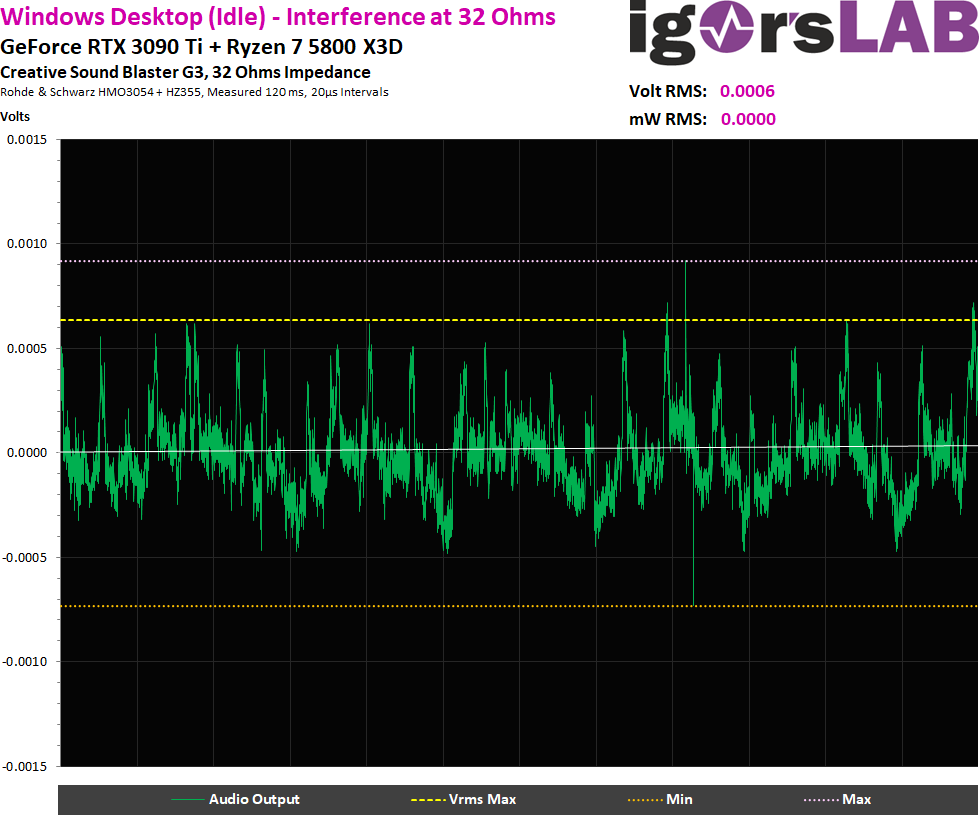
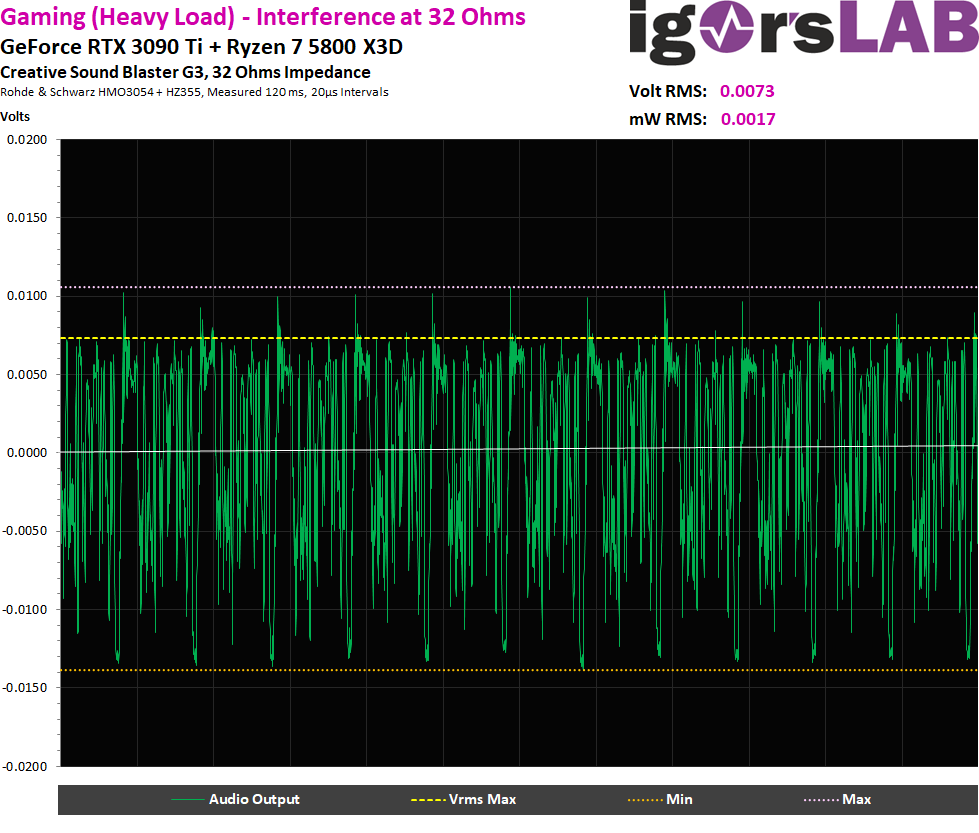
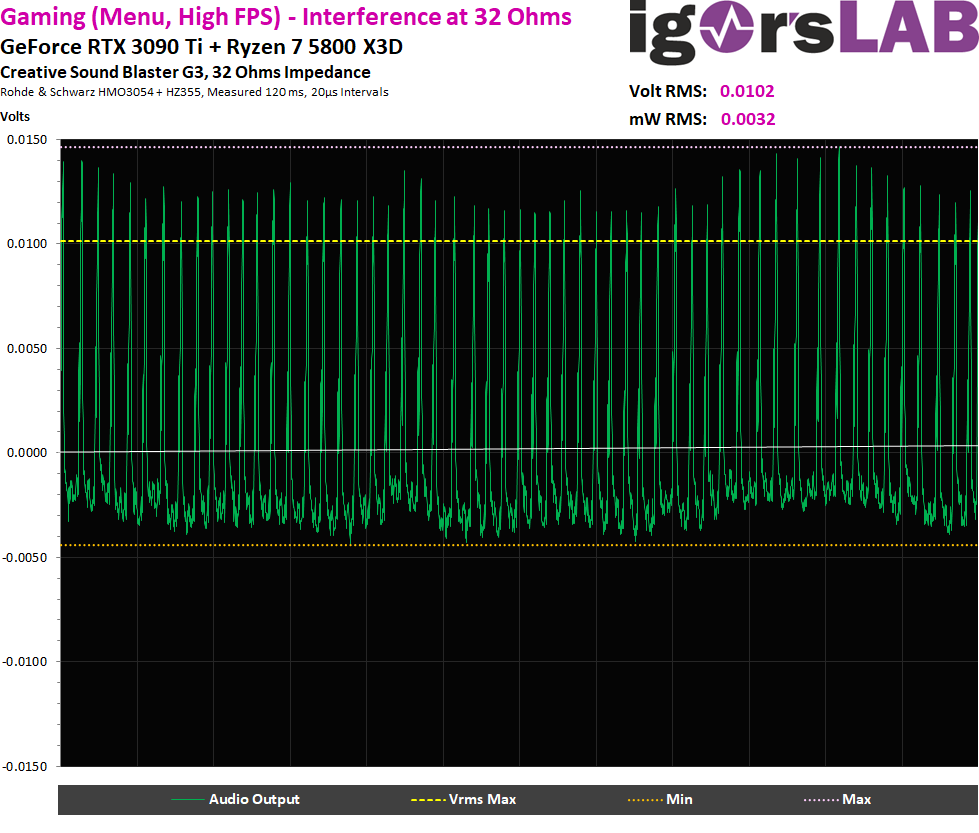
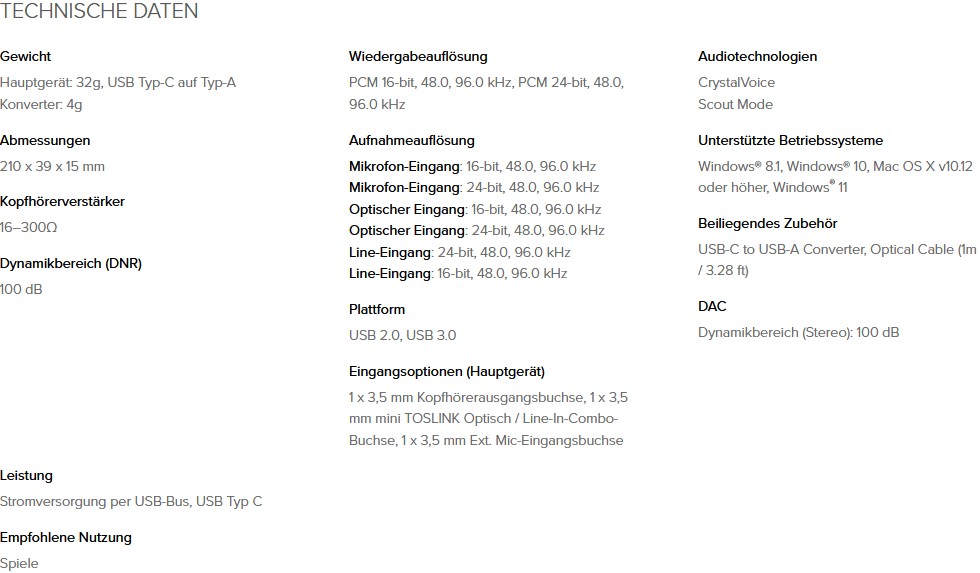




















199 Antworten
Kommentar
Lade neue Kommentare
Mitglied
1
Urgestein
Veteran
1
Veteran
1
Urgestein
1
Veteran
1
Urgestein
1
Urgestein
Urgestein
Urgestein
Urgestein
Urgestein
1
Alle Kommentare lesen unter igor´sLAB Community →